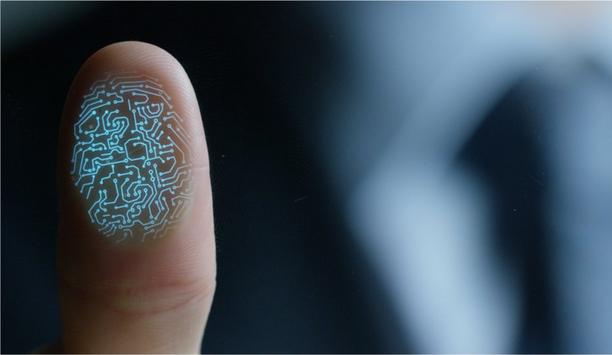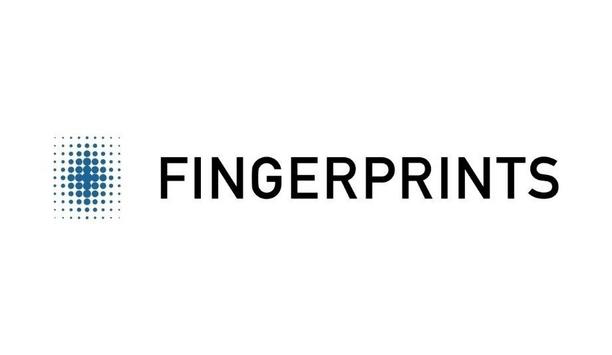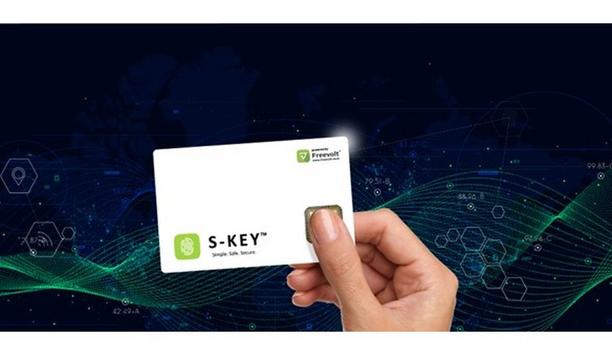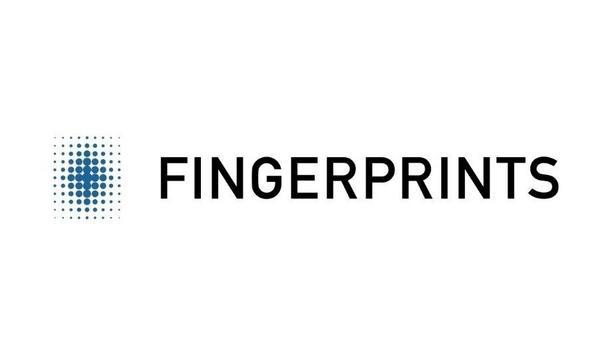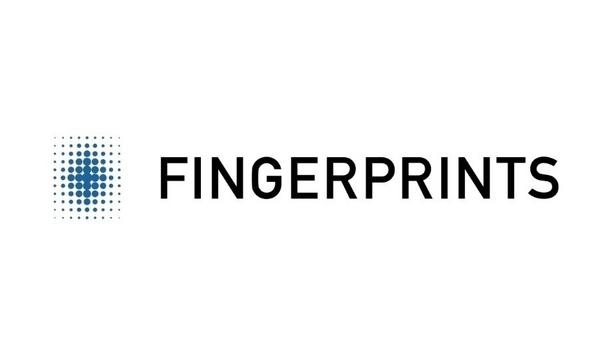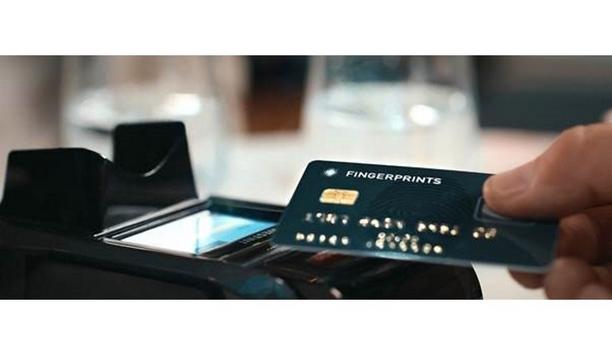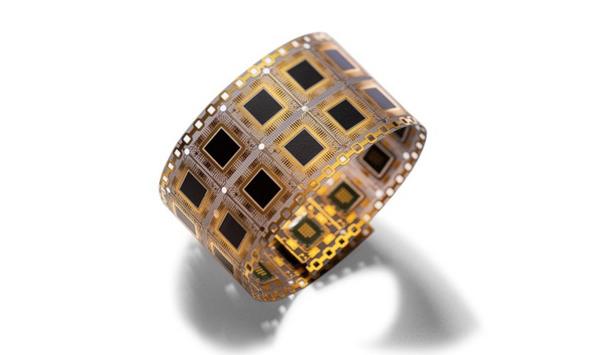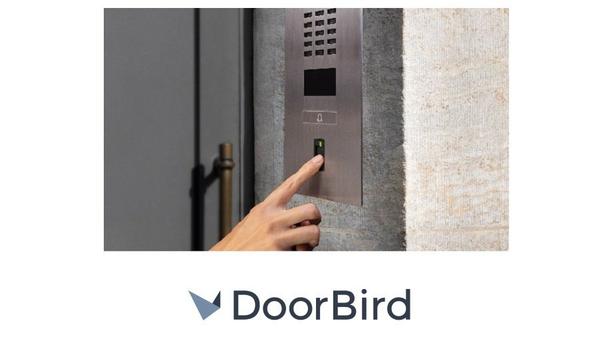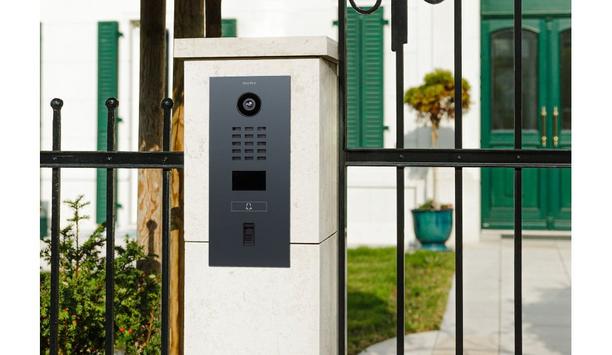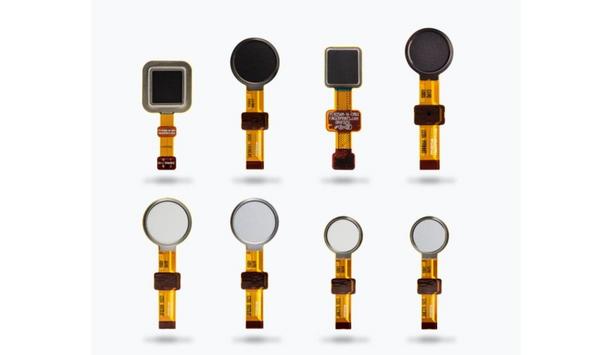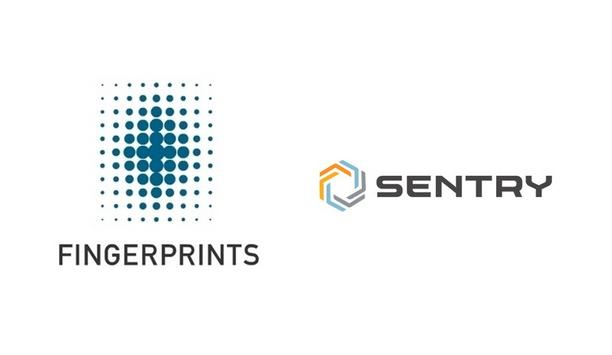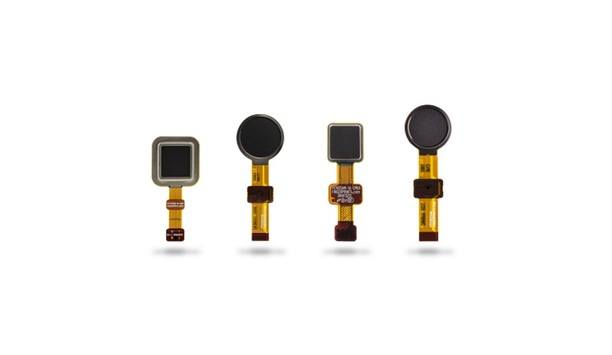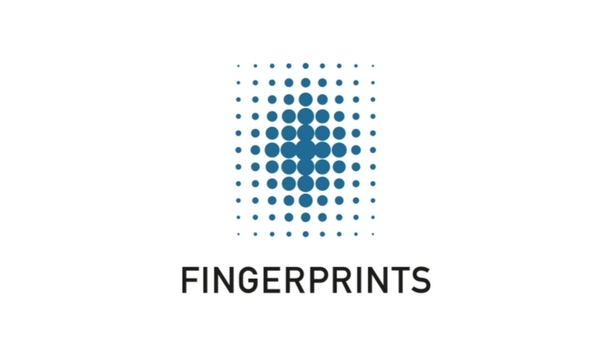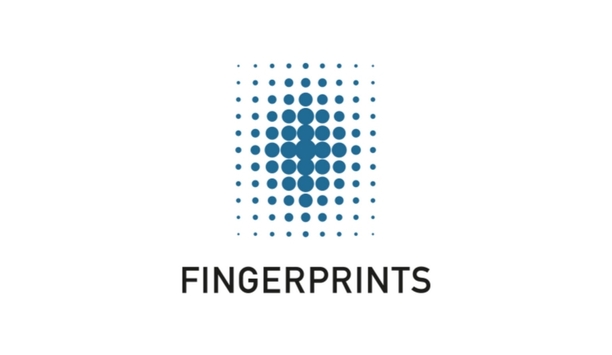Michel Roig

Michel Roig
Senior VP, Head of Busines Line Payments & Access, Fingerprint Cards ABMichel Roig is the Senior Vice President, Head of Busines Line Payments & Access at Fingerprint Cards AB. Previously Michel Roig was the Vice President, Head of Sales and Customer Support at Fingerprint Cards AB.
Articles by Michel Roig
Modern working life has changed dramatically in the last decade. Driven by the growth of a millennial workforce, working behaviours and communications are more agile, digital and mobile than ever befo...
News mentions
Fingerprint Cards AB and IN Groupe through SPS, its pioneering brand in contactless and dual interface card manufacturing technologies, have come together to collaborate on IN Groupe’s Smart Pac...
Renowned biometrics company, Fingerprint Cards AB (Fingerprints™), has extended its collaboration with Infineon Technologies, a pioneering provider of semiconductor products, to become a Premium...
Freevolt Technologies Limited a London, UK-based developer of biometric smart card products for access control, cryptocurrency wallets, payments, and healthcare, has launched the second generation of...
Fingerprint Cards AB (Fingerprints™) announces that it has entered into a global agreement with BenjiLock, a US-based design company of premium biometric lock solutions. The deal will see Benji...
Biometrics company, Fingerprint Cards AB (Fingerprints™), and financial and banking solution provider, Technical Equipment & Supplies Company (Tesco), are collaborating to promote and suppor...
The globally renowned biometrics company, Fingerprint Cards AB (Fingerprints) and Mswipe, one of India’s major end-to-end digital enablers for SMEs, will collaborate and bring biometric debit an...
Biometrics company, Fingerprint Cards AB (Fingerprints™) is honored to share that its technology will be used and be a part of at least two new commercial biometric payment card launches in Moro...
Today’s enterprises are being challenged to stay one step ahead of security threats. Data shows that in 2021, the average cost of a data breach reached US$ 4.24 million, up from US$ 3.86 million...
Fingerprint Cards AB’s (Fingerprints™) second-generation T-Shape® sensor module and software platform for biometric payment cards have achieved compliance with Mastercard’s new f...
Bird Home Automation, a Berlin-based manufacturer of ‘DoorBird’ IP access control devices, is expanding its product portfolio to include door intercoms with an integrated fingerprint senso...
Bird Home Automation, a Berlin-based manufacturer of ‘DoorBird’ IP access control devices, is expanding its product portfolio, to include door intercoms with an integrated fingerprint sens...
To meet the evolving design needs of the diverse and growing market for biometric access control, Fingerprint Cards AB (Fingerprints™) announces the expansion of its fingerprint authentication t...
Fingerprint Cards AB (Fingerprints™) and Sentry Enterprises, a US-based manufacturer of converged biometric identification solutions, have entered into a global license agreement for Fingerprint...
Biometric payment cards with an integrated fingerprint sensor make contactless payments more convenient, more secure and hygienic. The contactless card remains in the hands of the cardholder throughou...
To meet the evolving design needs of the diverse and growing market for biometric access control solutions, the globally renowned biometrics company, Fingerprint Cards AB (Fingerprints) has announced...
Biometrics company, Fingerprint Cards AB (Fingerprints™) announces a collaboration with the global on-line distributor, Digi-Key Electronics. This cooperation will strengthen Fingerprints’...
Biometrics company, Fingerprint Cards AB (Fingerprints™) announces the expansion of its Biometric Software Platform (FPC-BEP) for access control solutions. Fingerprints has tailored its success...
